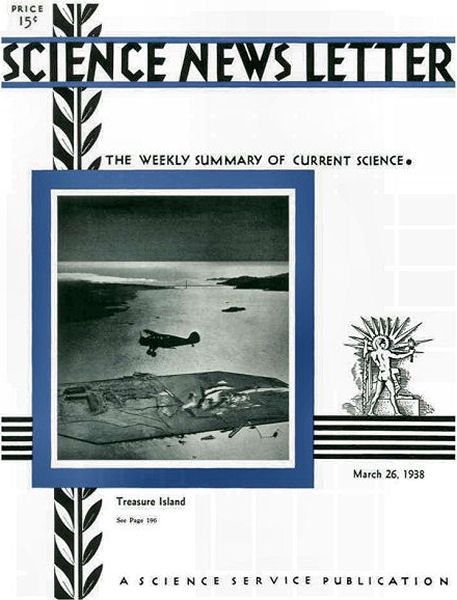From the March 26, 1938, issue

WORLD FAIRS PLANNED TO SHOW THE SCIENCES IN ACTION
Mr. and Mrs. America, 75,000,000 strong, will see the greatest science show on earth next year when the Golden Gate International Exposition in San Francisco and the New York World’s Fair open for business.
Themselves two stunning examples of science in action, the two giant 1939 fairs, far surpassing anything ever done in the United States by way of taking the lid off science, will put on a breathtaking demonstration of what goes on amongst the quiet men who man the laboratories and what they teach for today and promise for tomorrow.